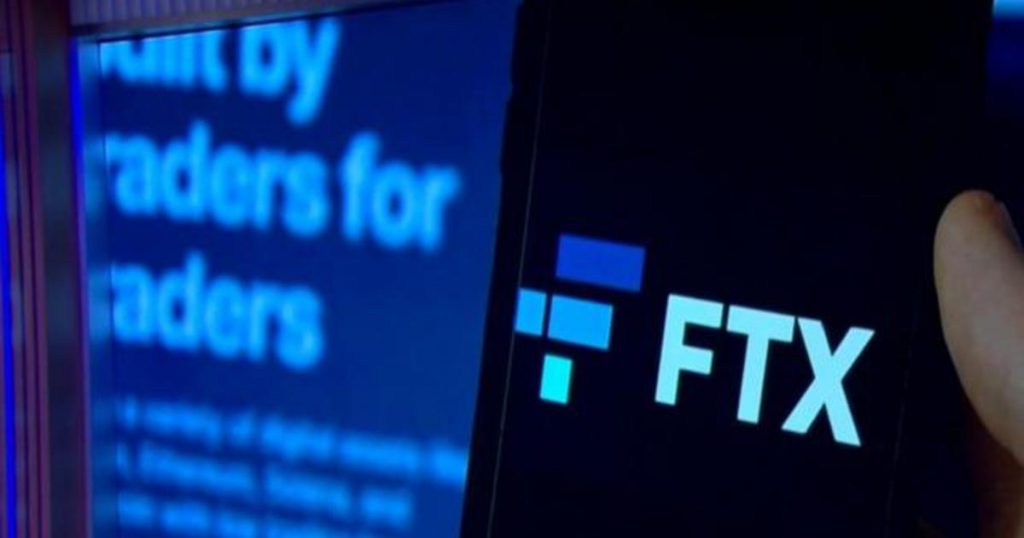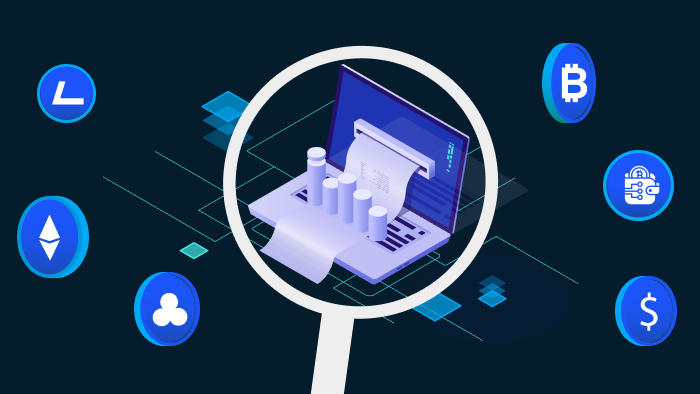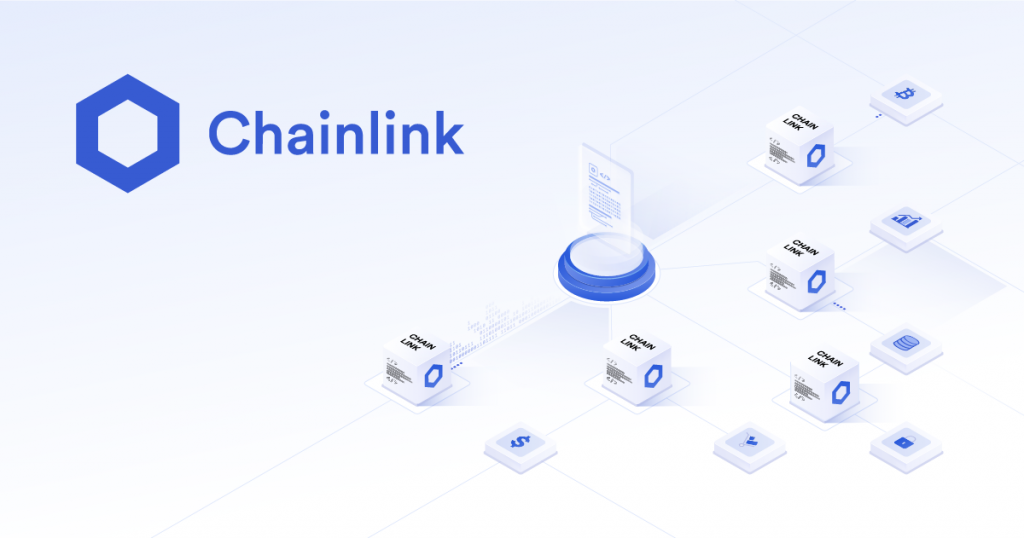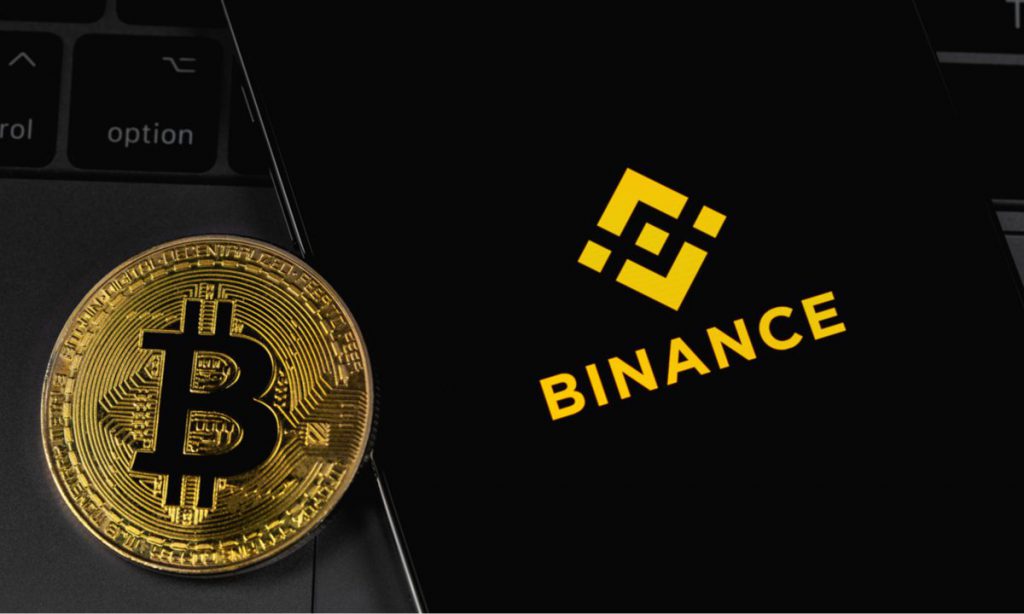Following the FTX collapse last year, the protection of user funds in the digital asset industry has remained its greatest priority. Moreover, the developments have led crypto exchanges to introduce a concept to improve transparency and trust among prospective and current customers. Yet, just what are proof of reserves (PoR) and why are they so important?
In this guide, we’re going to discuss the benefits of proof of reserves and why they are critical to centralized exchanges. Moreover, how the concept works within blockchain technology, and the various kinds of PoRs executed by these platforms.
Why are They Important?


In 2022, a host of failures proved the need for greater transparency in the industry. Moreover, the developments culminated in the fall of FTX, a cryptocurrency exchange that was once a beacon of strength for the industry.
Since then, users have rightfully been more cognizant of their funds on centralized platforms. Now, proof of reserve audits presents a chance to grant users greater transparency. Thus, showing that their assets are secured, and facilitating trust between the firm and its users.
What is Proof of Reserves?


Understanding the importance of the protocol has to begin with understanding what it is. Specifically, a PoR is a method by which a trading or cryptocurrency company, verifies a 1:1 ratio of its digital assets. Subsequently, this process, normally executed as an audit, should solidify that the firm in question holds custody of a reserve of its consumer’s specific assets.
This process is often expected of a third-party organization to ensure objectivity. Moreover, the crypto firm in question will then publish the results to display to investors the state of the firm’s reserve status. Subsequently, the published proof of reserves audit should give a clear picture of held funds against customer deposits.
Since the growing popularity of the process, different kinds of audits have become viable. Alternatively, the response to various kinds of audits will vary based on the belief in their effectiveness.
Merkle Tree


One version of this specific audit is a PoR protocol that uses the Merkle Tree method. Subsequently, this utilizes the method to incorporate massive amounts of data into a single hash. Then it verifies the integrity of that specific data set. Subsequently, the Merkle Root will confirm the factor that is delivered through the Merkle Tree method.
Thus, utilizing cryptographic proofs, this method verifies user balances and transactions. Moreover, publications of these kinds of PoR audits can be regular. Specifically, on a weekly, monthly, or quarterly basis. Moreover, providing a snapshot to show the proof-of-reserve status at a specific time period.
Chainlink


Alternatively, a decentralized network company, Chainlink, offers its very own PoR process. Specifically, the company has stated its intention for the new project. They noted that it “is designed to help projects across Web2 and Web3 prove asset reserves through automated verification.”
The process first arrived in 2020, with the first audit of the TrueUSD stablecoin. Additionally, the system observes whether crypto reserves equate to its liabilities through the connection of Chainlink nodes to an exchange API, vault addresses, and its proof-of-reserves smart contract.
Subsequently, the system displays the gathered data on the deposited amount, borrowed amount, and what is staked on the protocol. Alternatively, Chainlink is able to secure the guarantee that they can’t issue more tokens than they have available in their reserves.
What Exchanges Use PoRs?


Firstly, it’s important to understand individual audits and how they protect individual crypto assets. Alternatively, it is important to break down just how exchanges utilize the practice. Specifically, a host of exchanges and lending platforms have integrated the process into their business operations.
Among those platforms, entities like Kraken, Nexo, Gate.io, and BitMEX were some of the earliest to adopt the process. However, after the FTX implosion, a host of companies started to integrate the protocol.
Those include Binance, the largest crypto exchange platform on the planet. Specifically, they released a Merkle Tree system for both Bitcoin and Ethereum. Moreover, OKX, Crypto.com, and ByBIt have introduced similar systems.
Alternatively, Coinbase has taken a different approach to traditional cryptocurrency exchanges. Specifically, the platform is listed as a publicly traded company, so they have stated their requirement to provide its reserve status to the SEC through PoR audits.
Conversely, the exchange has noted that it will develop on-chain accounting features. Thus, the exchange is seeking more crypto-centric ways to verify reserves. Subsequently, they introduced a $500,000 grant for the program.





